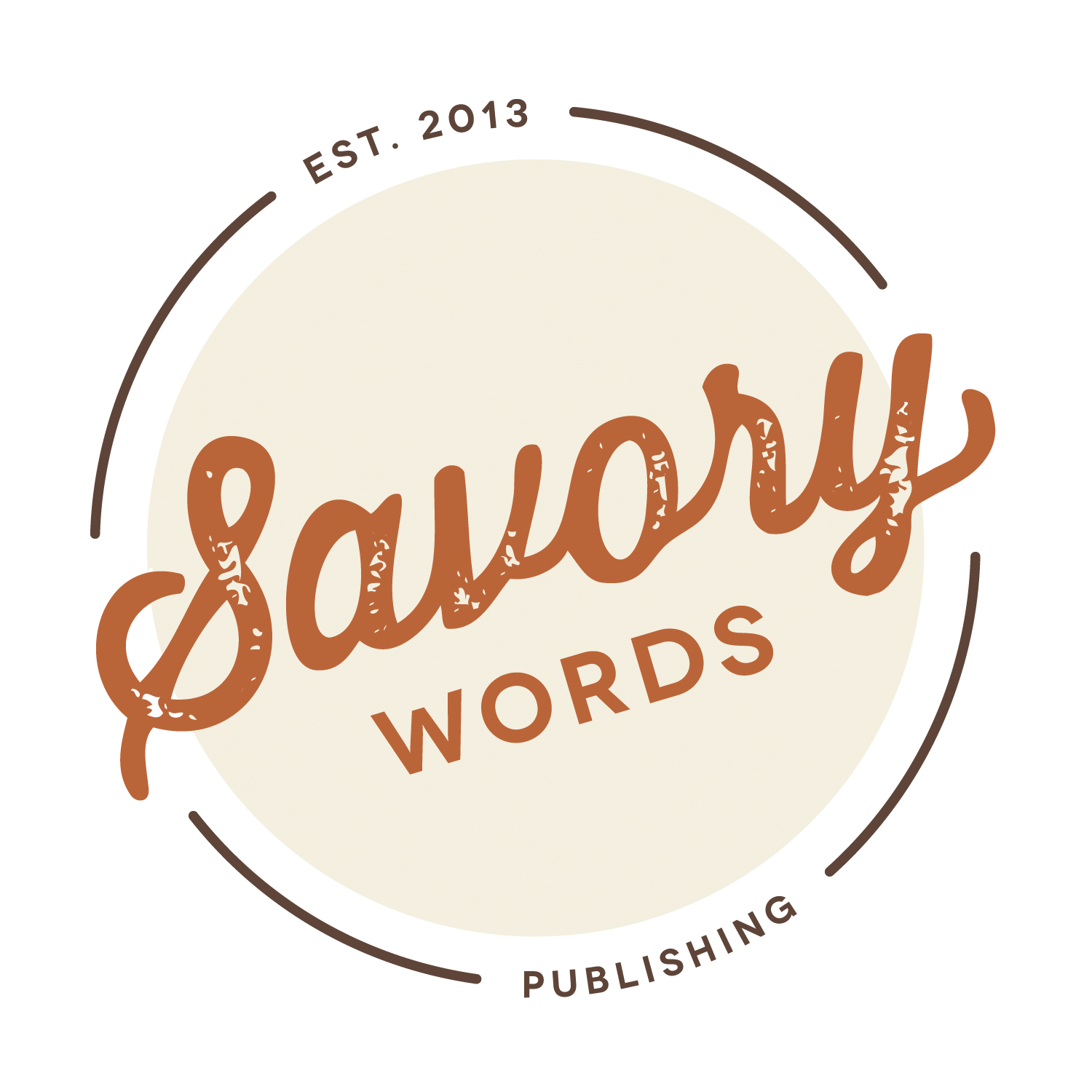Four types of book editing
Having your book edited is never easy — but did you know that a manuscript undergoes several different types of editing? Of course, an author revises a book many, many times before submitting it to an editor and/or publisher, but even after it’s been submitted, it will undergo numerous rounds of edits. Ultimately the common goal is to create the best quality book possible. Let’s quickly review four types.
Structural/Content Editing: This is the most basic yet most difficult aspect of a book editing process — editing the structure and contents. This is when an editor will make the most changes to everything from storyline to character to perspectives. Other things edited include settings, flow, pacing, organization, tone, dialogue, and more — all things that contribute to the overall book contents.
Line Editing: Line editing is when the book is edited paragraph by paragraph, ensuring that the contents flow well, have a specific direction, use proper grammar, and so forth.
Copy Editing: This stage is when grammar, spelling, and punctuation become the hyperfocus of the editing process. The contents are specifically checked for these three things, often adhering to a specific style (such as Chicago or APA).
Proofreading: Different from copy editing and often the very final stage in the editing process, this is when an editor’s eagle eye must come into play. Errors, typos, and formatting issues are hunted down.
Other editing types include fact-checking, developmental, internal, mechanical editorial and stylistic. The list goes on, but the bottom line is that different editing types help your book become the best it can be. When you contact Savory Words, we’ll go through your manuscript and identify what needs to be done.

